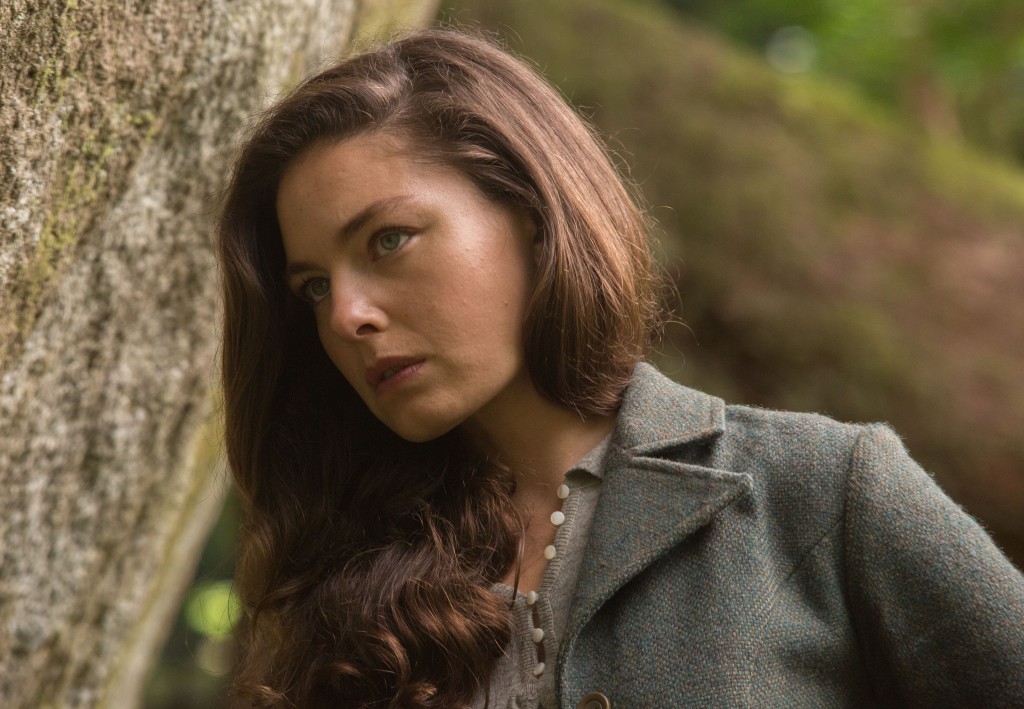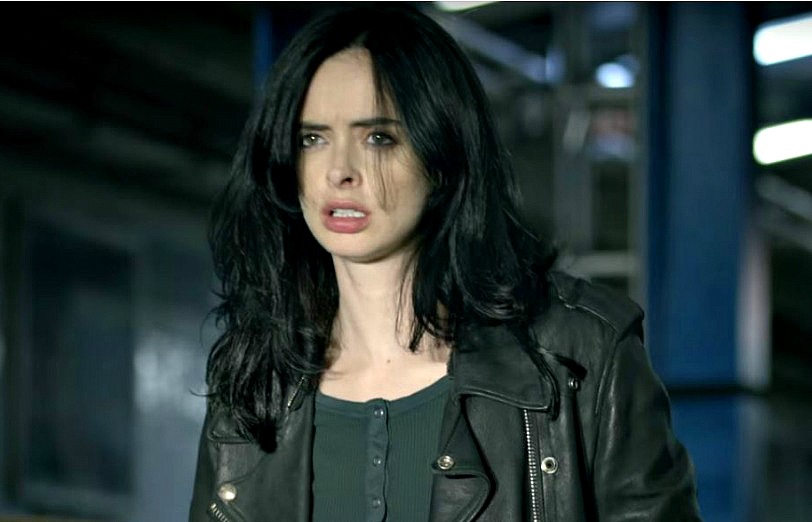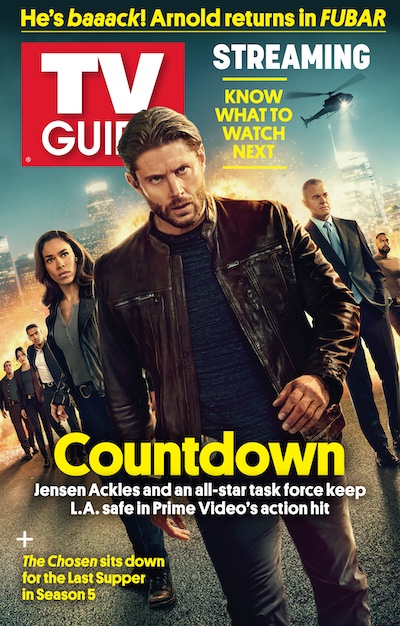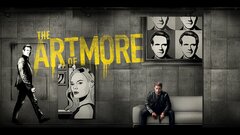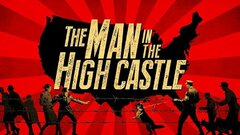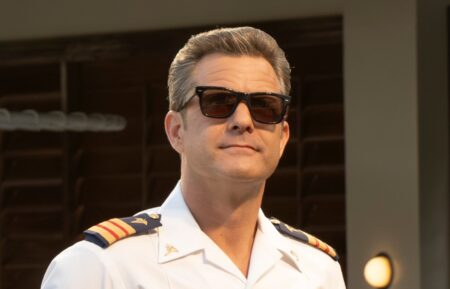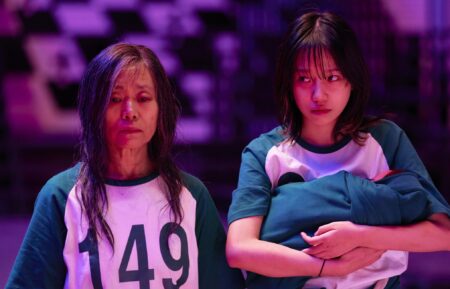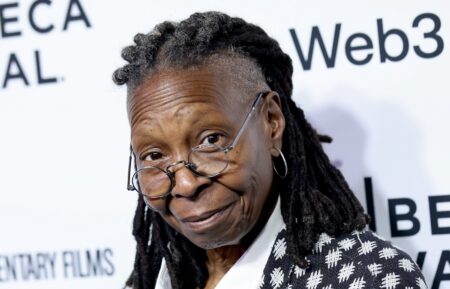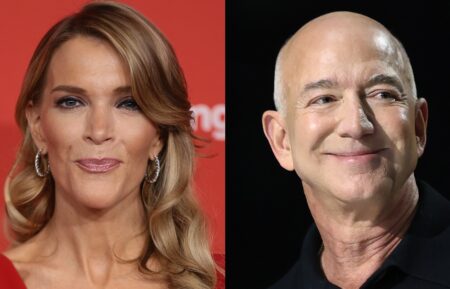Roush Review: With ‘High Castle’ and ‘Jessica Jones’, To Binge or Not to Binge?
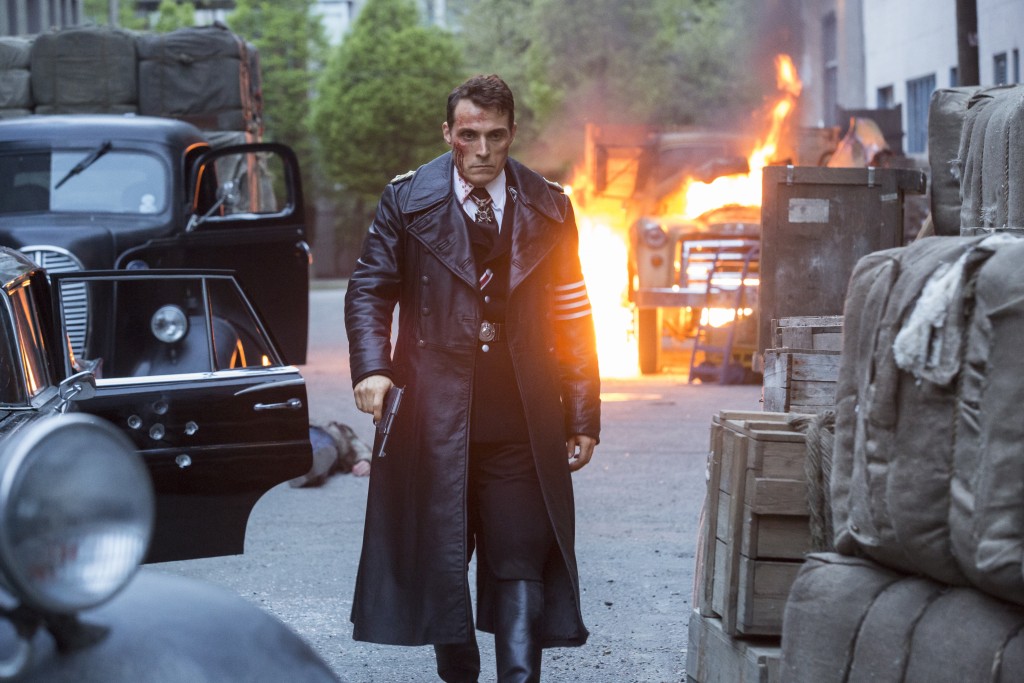
What happens when streaming becomes a flood? Over a two-day period, a deluge of roughly 33 hours of high-concept drama over three online services will be available for instant binge-watching. That’s a lot for the most dedicated viewer, even during a holiday week. Do any of us have this much time on our hands? Which is worth the effort?
ALTERED STATES OF AMERICA: The Man in the High Castle
Let’s start with the series that fascinated me most: Amazon’s 10-episode The Man in the High Castle (available Friday, Nov. 20). As someone who tends to resist the urge to binge-watch—there’s too much TV nowadays to spend that much time immersed in any one show (and so many episodes are indulgently long)—I still found myself becoming thoroughly engrossed in this nightmare world.
Adapted by Frank Spotnitz (The X-Files) from Philip K. Dick’s allegory, High Castle imagines an America divided not between political parties, but oppressed by two totalitarian victors of WWII: the Greater Nazi Reich controlling the East, and the Japanese Pacific States occupying the West. I defy you to find a more chilling image than Times Square illuminated by a giant swastika, or suburban neighbors greeting each other with a chipper “Seig Heil.”
Set in an alternate-history 1962, Castle has the feel of a classic if surreal espionage war movie, cannily contriving suspenseful cliffhangers at the end of each hour to drive viewers to the next chapter. (I sat through six in a row, and would have watched the next four if Amazon had provided them.) The initial focus is on two young heroes caught up in a ragtag underground resistance movement: Juliana Crain (Alexa Davalos) from San Francisco and Joe Blake (Luke Kleintank) from New York, each possessing contraband newsreels—this is a pre-digital age, after all—whose shocking contents are beyond revolutionary.
In this dangerous climate, with tension between the ruling powers threatening to go nuclear, it’s impossible to know whom to trust. That includes the unseen “man in the high castle,” who’s assembling the forbidden footage for reasons not immediately clear. This subversive dark fantasy feels too real to ignore.
FEMME FATALE: Marvel’s Jessica Jones
Since when did hero become a four-letter word? That question kept nagging at me as I watched multiple hours of Netflix’s 13-part Marvel’s Jessica Jones (available Friday, Nov. 20). Like many in the current Marvel universe, the funky freelance private eye Jessica Jones (Krysten Ritter, effectively exploiting her snarky sex-kitten persona) tries to hide her murkily defined gifts of super strength from a wary public. Tough-talking but vulnerable, hiding psychological scars under a veneer of booze-fueled sarcasm and sensual provocation, she ambivalently joins a proud TV sisterhood that includes Buffy Summers and Veronica Mars, this time cloaked in a stylish if sometimes suffocating film noir ambience.
RELATED: Why Only Krysten Ritter Could Play Jessica Jones
Jessica treats her powers like they’re an STD—which, given the violence of her bed-breaking trysts with fellow traveler and soon-to-be Marvel/Netflix series star Luke Cage (Mike Colton), might not be such a stretch. As part of a future Defenders team that also includes Daredevil (from earlier this year), Jessica is good company, but even with all of her baggage, she doesn’t feel mythic, distinct or original enough to carry her own show, which plays like an overextended 13-episode arc pitting her against mind-controlling villain Kilgrave (a flashy, maniacal David Tennant). Less might have been more here.
I know binge-watching is all the rage, and fans of these comics will likely devour this one, but after sampling Netflix’s first two provocative if somewhat bloated Marvel adaptations, I can’t help thinking the better route would have been to introduce each of these Defenders characters in tighter two- or four-hour movies, followed by the launch of the actual ensemble series. In an age of “too much TV,” this series-begetting-series approach begins to feel like overkill. (Or maybe I’m just exhausted by so much content, with so little time.)
A THREADBARE CANVAS: The Art of More
And then there are binge opportunities that feel more like a slog. Any points that Crackle’s 10-episode The Art of More (which went live Thursday) may score for its novel setting—an auction house where unscrupulous dealers vie for priceless collections and deep-pocketed clients—are tarnished by the dramatic fraud the show perpetrates with its paper-thin characters.
RELATED: Meet the Power Players of The Art of More
Christian Cooke blandly stars as hustler Graham Connor, a former soldier who exploited Iraqi treasures in a caper that keeps haunting him while he tries to land the business of obnoxious real-estate tycoon Sam Brukner (Dennis Quaid hamming it up as if he’s auditioning for a Donald Trump biopic). Graham’s main rival: gaunt Kate Bosworth as a brittle high-culture vulture with dull daddy issues. This Art is no masterpiece. Shows like this make good old-fashioned weekly TV look pretty good.
Questions? Ask Critic Matt Roush!
TV critic (and occasional TV therapist) Matt Roush answers viewer questions and concerns in his Ask Matt column each week. Wondering about plots, characters and twists on your fave shows? Submit your query to Matt via the form below:
From TV Guide Magazine
How 'Countdown' Recruited Jensen Ackles to Go Full 'Die Hard'
Countdown boss Derek Haas talks creating the character around Ackles, and the cast teases the “Avengers”-like team of the crime thriller. Read the story now on TV Insider.

